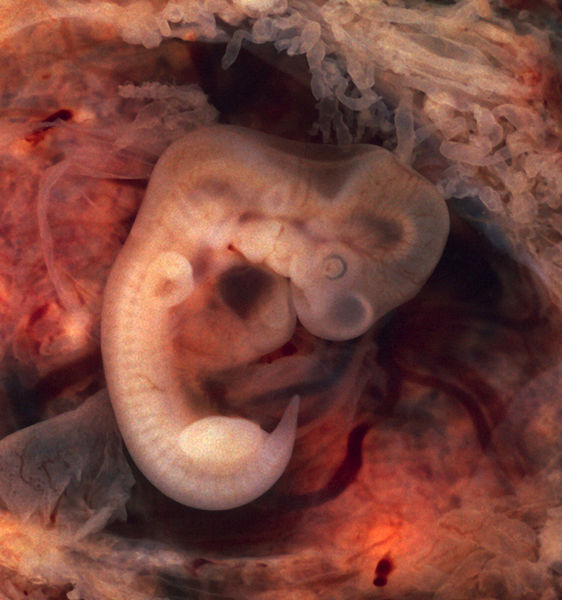Introduction
The nervous system of a vertebrate develops from a structure known as the neural tube which then differentiates into the brain and spinal cord. The neural tube is formed very early on in the embryo, from a flat sheet which curves in on itself and then separates from the sheet to form a separate tube. This process is called neurulation.
Neurulation is influenced by the notochord, a structure that aligns itself through gastrulation. The notochord uses signalling molecules to induce ectodermal tissue to form the neural tube - the nature of these signals and the way in which they interact with ectoderm is relatively a conserved process through species.

The formation of the notochord is a very important step in the development of the neural tube: without the notochord the process of neurulation does not occur and thus the neural tube fails to develop. The notochord not only induces the neural tube - it also patterns it's anterior-posterior axis and dorsal-ventral axis. Neurulation occurs in two ways (primary and secondary) and often a combination of these two processes is used to close the neural tube.
(Image 1 - Human embryo at 7 weeks gestation , picture sourced from Wikipedia.)
________________________________________________________________________________________________
The banner picture was sourced from the Society for Developmental Biology.
All information has been gathered from:
Gilbert S.F (2006). Developmental biology (8th ed). Sinauer.
Sanes D.H, Reh T.A, et al (2005). Development of the Nervous system (2nd ed). Academic Press .
Wolpert L, Beddington R, et al (2002). Principles of development (2nd ed). Oxford university press.
